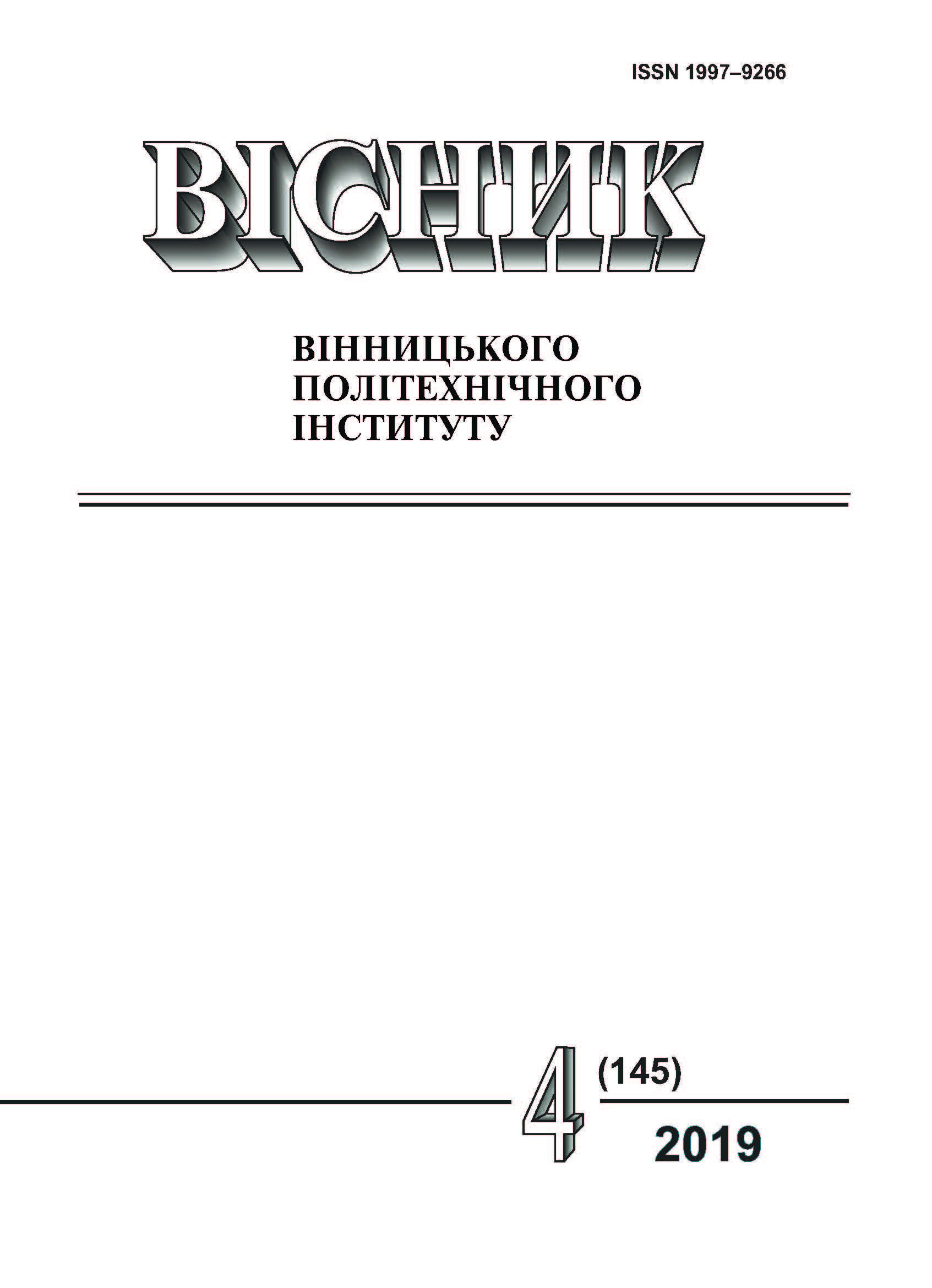Filtering Ultrasound Images Based on Morphological Operations
DOI:
https://doi.org/10.31649/1997-9266-2019-145-4-71-79Keywords:
methods of post-processing of ultrasonic images, , methods of filtration, speckle-noise, operations of morphological processing of imagesAbstract
A review of the methods of filtering ultrasound images is carried out, their advantages and disadvantages are given. It is proposed to use morphological transformation procedures for filtering. It is shown that morphological processing has several advantages, in particular, simplicity of implementation. The numerical image processing method is based on non-linear transformations of their shape. Various image processing modes based on arbitrary-shaped structural elements are used. Morphological processing allows to perform almost all operations processing black and white images. A large number of halftone operations can be performed. Filtration is checked on test images of previously noisy regular geometric shapes, as well as on real ultrasound images of the hip joint. To blur and generate noise, the standard functions of the Image Processing toolbox of MATLAB are used. The simulation was carried out in the NI Vision Assistant package. To determine the dependence of the parameterization error on the size of the object and the noise level, standard test images of the correct geometric figures were used (squares 15´15, 25´25, 35´35, 45´45, 55´55). For the most approximate reproduction of the features of a real image of ultrasound diagnostics, the reference image was blurred, after which an artificially generated speckle noise with a standard deviation of 0.25 was superimposed on it. When comparing the parameters of a quantitative assessment of the quality of the filters, it was concluded that filtering based on morphological operations according to the PSNR and MSE, √MSE indicators shows better results, and also allows to get a more informative image.
References
S. Kalaivani, and R. Wahidabanu, “A view on despeckling in ultrasound Imaging,” International journal of signal processing, Image and pattern recognition, vol. 2 (3), p. 15, 2009.
G. E. Trahey, G. E. Trahey, J. W. Allison, S. W. Smith, and O. T. Von Ramm, “A quantitative approach to speckle reduction via frequency compounding,” Ultrasonic Imaging, vol. 8 (3), pp. 151-164, 1986.
P. C. Lie, and M. J. Chen, “Strain compounding: A new approach for speckle reduction,” IEEE, vol. 49 (1), pp. 39-46. 2002.
J. C. Bamber, C. Daft, “Adaptive filtering for reduction of speckle in ultrasound pulseecho images,” Ultrasonics, vol. 24 (1), pp. 41-44, 1986.
V. Dutt, and J. F. Greenleaf, “Adaptive speckle reduction filter for log compressed B-scan images,” IEEE Trans. Med. Imag, vol. 15 (6), pp. 802-813, 1996.
R. N. Czerwinski, D. L. Jones, and W. D. o’Brain, “Detection of lines and boundaries in speckle images-Application to medical ultrasound,” IEEE Trans. Med. Imag, vol. 18 (2), pp. 126-136, 1999.
J. I. Koo, and S. B. Park, “Speckle reduction with edge preservation in medical ultrasonic images using a homogeneous region growing mean filter (HRGMF) ,” Ultrason. Imag, vol. 13(3), pp. 211-237, 1991.
Й. Й. Білинський, та А. О. Мельничук, Методи та засоби оброблення ультразвукових зображень для оцінювання діагностичних параметрів жовчовидільної системи. Вінниця: ВНТУ, 2014, с. 124.
Р. Гонсалес, и Р. Вудс, Цифровая обработка изображений, пер. с англ. М.: Техносфера, 2005, 1070 с.
R. F. Wagoner, S. W. Smith, and J. M. Sandrik, “Statistics of speckle in ultrasound B-scan,” IEEE Trans. Sonics Ultrason, vol. 30 (3), pp. 156-163, 1983.
Співвідношення сигнал/шум, Вікіпедія. [Електронний ресурс]. Режим доступу:
National Instruments Corporation: [Електронний ресурс]. Режим доступу: http://www.ni.com/vision/software/vdm/ .
Й. Й. Білинський, А. О. Мельничук, О. А. Ярмак, та Ю. І. Павлишен, «Оцінка точності визначення оператором діагностичних параметрів на УЗД-зображенні органів черевної порожнини,» Вісник Хмельницького національного університету, № 4, с. 236-239, 2011.
Downloads
-
PDF (Українська)
Downloads: 501
Published
How to Cite
Issue
Section
License
Authors who publish with this journal agree to the following terms:
- Authors retain copyright and grant the journal right of first publication.
- Authors are able to enter into separate, additional contractual arrangements for the non-exclusive distribution of the journal's published version of the work (e.g., post it to an institutional repository or publish it in a book), with an acknowledgment of its initial publication in this journal.
- Authors are permitted and encouraged to post their work online (e.g., in institutional repositories or on their website) prior to and during the submission process, as it can lead to productive exchanges, as well as earlier and greater citation of published work (See The Effect of Open Access).





